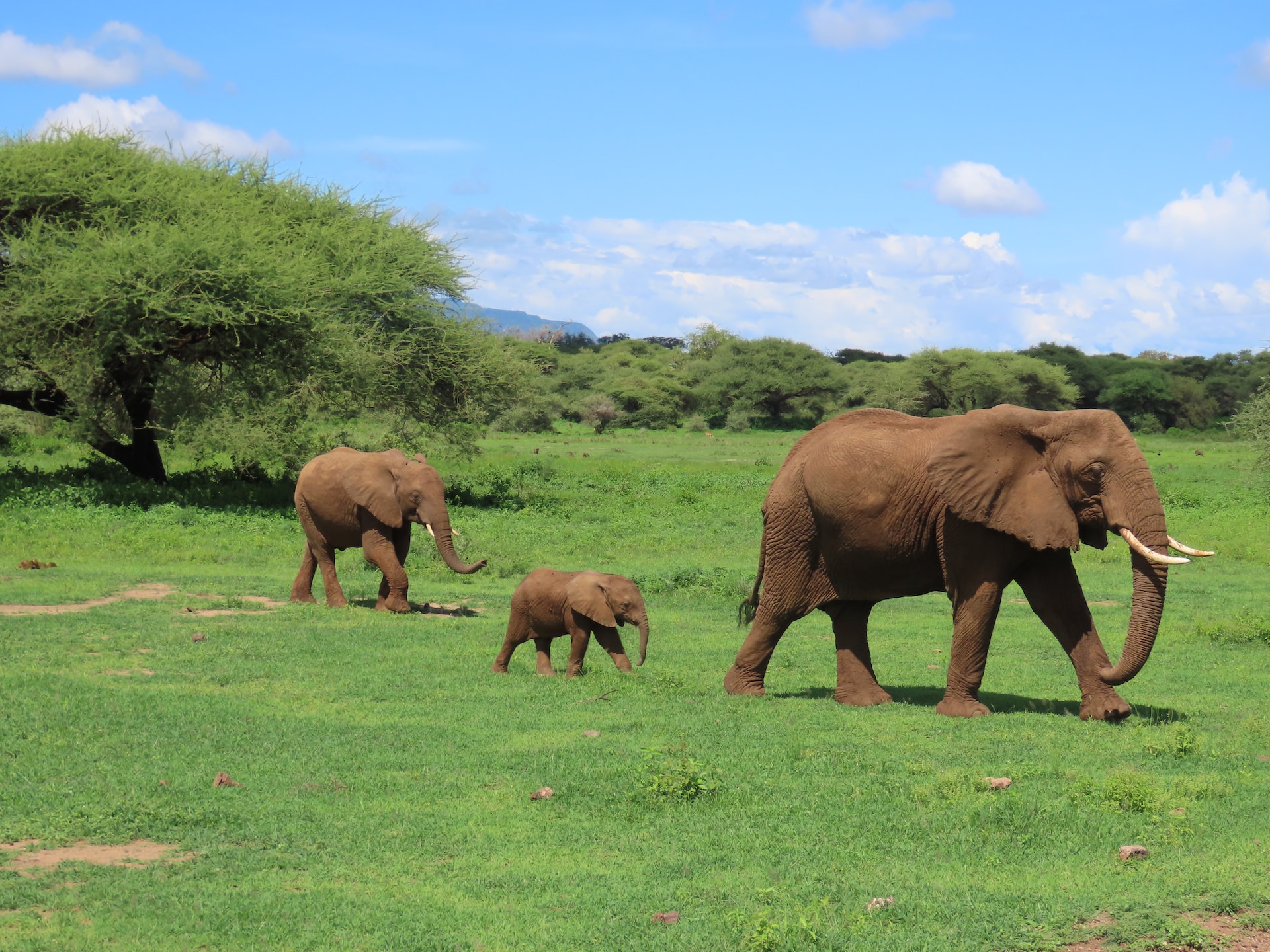Fun Facts About Elephant Herds You Never Knew

Welcome to our captivating exploration of “The Social Structure of Elephant Herds and How They Communicate with Each Other.”
If you’re as intrigued by the wonders of the animal kingdom as we are, don’t forget to subscribe to our channel for more captivating wildlife content.
Herd of kinship.
Elephants are highly social animals, and their herds are tightly knit family units. Led by a matriarch, who is often the oldest and wisest female, these herds consist of female relatives, their offspring, and sometimes other closely related females. This matriarchal society ensures the survival and prosperity of the entire herd.
Younger females learn essential skills from their experienced matriarch, and the bonds formed within the group foster a sense of unity and cooperation. Remarkably, these herds can display emotional intelligence, supporting and comforting each other in times of distress or celebration, creating a harmonious and empathetic community.
The art of communication.
Elephants have a diverse and sophisticated communication system. They utilize a wide range of vocalizations, including trumpeting, rumbling, and roaring, which can carry across vast distances.
These sounds serve as signals to alert the herd about the presence of predators or the discovery of water sources. Additionally, elephants can produce low-frequency vibrations called “infrasound,” which are too low for humans to hear.
These infrasounds travel through the ground, allowing elephants to communicate with each other over long distances, even in dense forests. By listening and responding to these vocalizations and vibrations, elephants maintain strong connections and coordination within the herd.
A web of emotions.
Elephants possess a remarkable ability to convey and understand emotions, crucial for maintaining their intricate social bonds. Through a combination of body language and vocalizations, they express joy, sorrow, fear, and empathy, demonstrating a profound emotional intelligence.
For instance, during moments of excitement, elephants may flap their ears, trumpet with delight, and perform playful gestures. Conversely, during times of grief, they display a solemn and mournful demeanour, often standing quietly beside a deceased member of the herd. This emotional web ensures that elephants remain attuned to each other’s needs and fosters a deep sense of companionship and support within the group.
Communication beyond borders.
Interestingly, elephants have the ability to communicate not only within their own herds but also with distant groups. Researchers have observed that when one herd encounters another, they engage in “greeting ceremonies.”
This encounter involves trumpeting, rumbling, and the exchange of tactile gestures as a way of acknowledging each other’s presence and peacefully coexisting. These peaceful interactions are crucial for avoiding conflicts over resources and territory, demonstrating the importance of social diplomacy in the world of elephants.
Sharing wisdom through generations.
One of the most extraordinary aspects of elephant herds is the transfer of knowledge from one generation to the next. The matriarch, being the repository of accumulated wisdom, passes down essential survival skills and behaviours to younger elephants.
From finding water sources during droughts to identifying edible plants, these teachings are critical for the herd’s resilience and adaptation to changing environments. By preserving and passing on their knowledge, elephants ensure that their traditions and expertise endure, making each generation better equipped to navigate the challenges of their natural world.
The social dynamics and communication within elephant herds offer a glimpse into the intricate lives of these magnificent creatures. If you were as amazed by these incredible facts as we were, be sure to subscribe to our channel for more captivating wildlife content. Let’s continue our journey together, discovering the wonders of the animal kingdom, and fostering a deeper appreciation for our planet’s diverse and extraordinary inhabitants.





